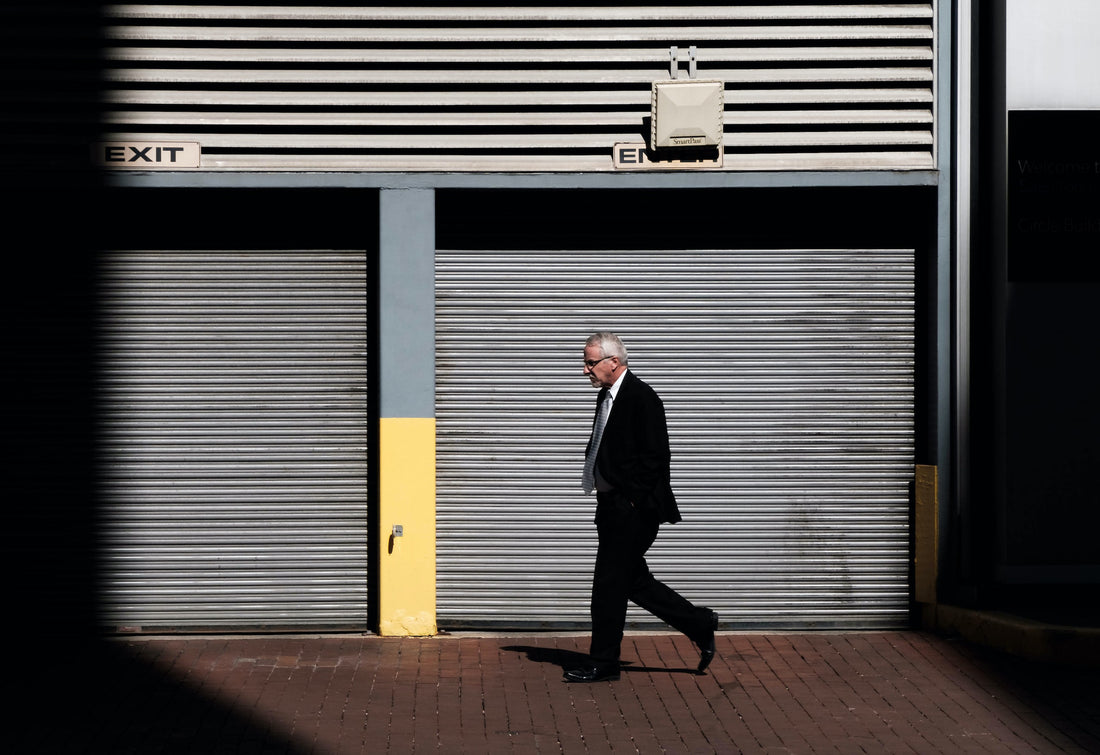Street photography is a remarkable genre that serves as a timeless window into the soul of our cities, documenting everyday life with candid honesty. It's the art of capturing moments that may seem ordinary but, when observed carefully, reveal the extraordinary stories that unfold on our streets. In this blog post, let's embark on a captivating journey, meandering through the fascinating history of street photography, with its quirks, revelations, and evolutions.
Inception and Early Challenges
Street photography was born alongside the dawn of photography itself in the mid-19th century. Pioneers like Louis-Jacques-Mandé Daguerre and William Henry Fox Talbot set the stage for what would become an influential genre. Yet, the early practitioners faced significant limitations. Bulky equipment and long exposure times made it challenging to capture fleeting moments, limiting early street photographers to static subjects or staged scenes.
The Turning Point with Eugène Atget
The true dawn of modern street photography can be attributed to Eugène Atget, who worked tirelessly to document the streets, buildings, and people of Paris in the late 19th and early 20th centuries. His hauntingly beautiful images, often devoid of human subjects, revealed the essence of a rapidly evolving city. Atget's work is a poignant reminder that street photography isn't solely about people; it's also a means of preserving the history and architecture of urban spaces.
The Leica Revolution
The 1920s brought a revolution to street photography with the introduction of the compact 35mm Leica camera. This innovative camera allowed photographers like Henri Cartier-Bresson and André Kertész to explore the streets with greater mobility and discretion. They were able to capture candid moments that celebrated the spontaneity of life in public spaces.
Mid-20th Century Renaissance
The mid-20th century saw a boom in street photography, with photographers like Robert Frank, Garry Winogrand, and Diane Arbus making indelible contributions to the genre. They fearlessly delved into the unfiltered, gritty aspects of urban life, redefining traditional concepts of photographic composition.
The Intersection of Street Photography and Art
In the latter half of the 20th century, street photography blossomed into a recognized art form. Visionary photographers like William Eggleston and Joel Meyerowitz introduced color to the genre, ushering in a new era. Street photography movements around the world, from the French "flâneur" tradition, which encouraged leisurely urban observation, to the frenetic, energetic style of Japanese photographers like Daido Moriyama, added nuance and diversity to the genre.
Street Photography in the Digital Age
With the arrival of digital cameras and smartphones in the 21st century, street photography has undergone yet another transformation. The ease of capturing, editing, and sharing images has democratized the genre, allowing photographers of all backgrounds to document their surroundings.
A Continuously Evolving Genre
As we look toward the future, street photography continues to thrive, transcending borders and cultures. It's no longer just a form of documentation; it's an avenue for artistic expression and a tool for social commentary. It captures the essence of our cities, the tapestry of cultures, and the rhythm of daily life. Street photography remains an ever-evolving and influential art form, offering a raw, unfiltered glimpse into our shared human experience.
As technology advances and our world transforms, street photography evolves with it, offering fresh perspectives on our dynamic surroundings. Whether you're a seasoned street photographer or just embarking on your journey, remember, the streets are teeming with stories waiting to be captured through your lens.

